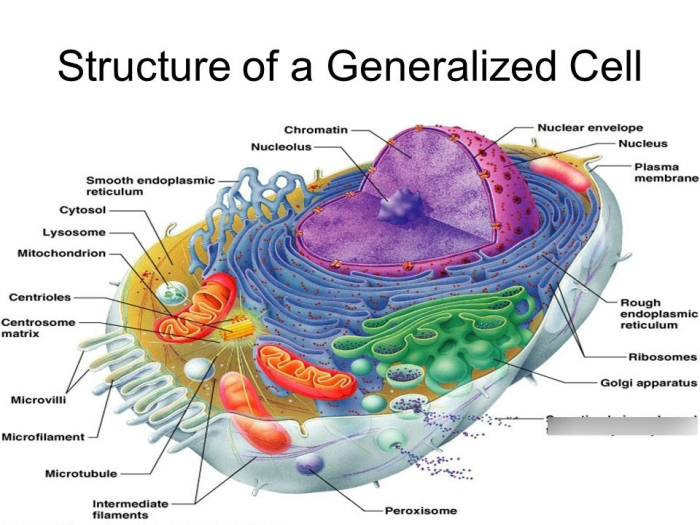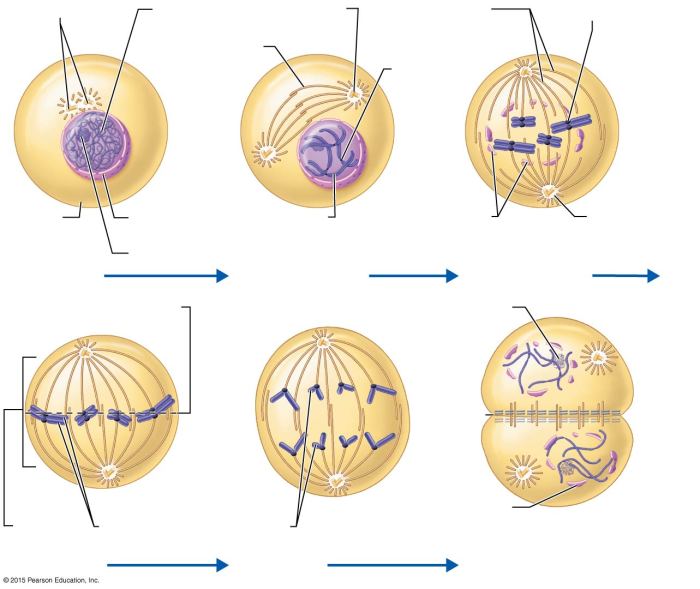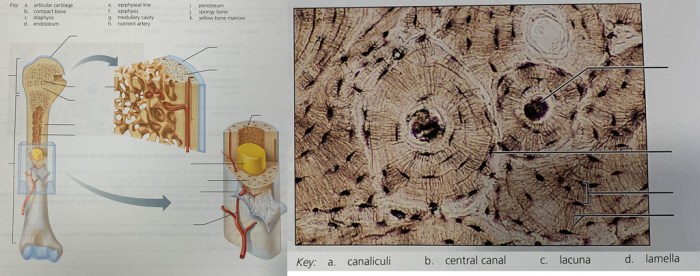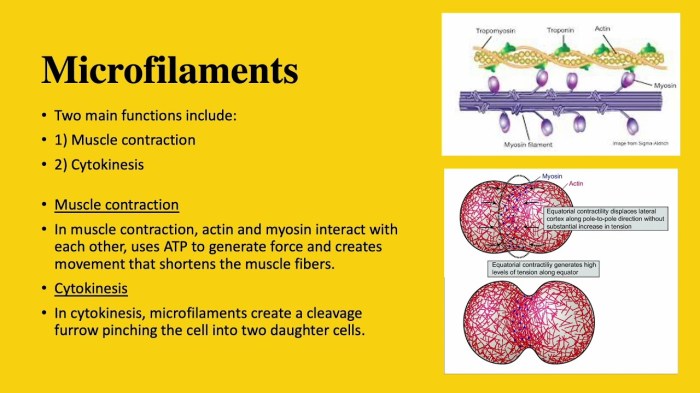The cell anatomy and division exercise 3 – Embark on a captivating journey into the realm of cell anatomy and division with Exercise 3, where we dissect the intricate workings of these fundamental units of life. Prepare to unravel the mysteries of cellular structure and the remarkable process of cell division, gaining invaluable insights into the very essence of living organisms.
Delving into the heart of cell biology, we will explore the diverse components of a cell, their specialized functions, and the remarkable adaptations that distinguish different cell types. Witness the dynamic process of cell division, deciphering its stages, purpose, and significance in growth, development, and genetic inheritance.
Cell Anatomy

Cells are the basic units of life and the smallest unit that can carry out all the functions of life. They are composed of a variety of structures, each with its own specific function.
The main structures of a cell include the nucleus, cytoplasm, and cell membrane. The nucleus is the control center of the cell and contains the cell’s DNA. The cytoplasm is the jelly-like substance that fills the cell and contains all of the cell’s organelles.
The cell membrane is a thin layer that surrounds the cell and protects it from its surroundings.
Cells come in a variety of shapes and sizes, depending on their function. Some cells are very small, such as bacteria, while others are very large, such as muscle cells. Cells can also be classified into two main types: prokaryotic and eukaryotic.
Prokaryotic Cells
- Prokaryotic cells are the simplest type of cells and do not have a nucleus or other membrane-bound organelles.
- They are typically very small, ranging in size from 0.1 to 5 micrometers.
- Prokaryotic cells are found in a wide variety of environments, including soil, water, and the human body.
Eukaryotic Cells, The cell anatomy and division exercise 3
- Eukaryotic cells are more complex than prokaryotic cells and have a nucleus and other membrane-bound organelles.
- They are typically larger than prokaryotic cells, ranging in size from 10 to 100 micrometers.
- Eukaryotic cells are found in all multicellular organisms, including plants, animals, and fungi.
Cells are essential for life and play a vital role in all of the body’s functions. They provide the building blocks for new tissues and organs, they convert food into energy, and they remove waste products from the body.
FAQ Compilation: The Cell Anatomy And Division Exercise 3
What are the key components of a eukaryotic cell?
Eukaryotic cells possess a nucleus, cytoplasm, various organelles (e.g., mitochondria, endoplasmic reticulum, Golgi apparatus), and a plasma membrane.
How many stages are there in mitosis?
Mitosis consists of four distinct stages: prophase, metaphase, anaphase, and telophase.
What is the significance of cell division?
Cell division is crucial for growth, development, tissue repair, and the production of gametes (sex cells) in sexual reproduction.





